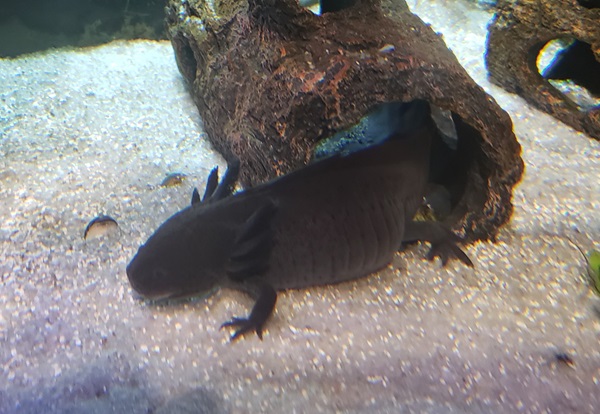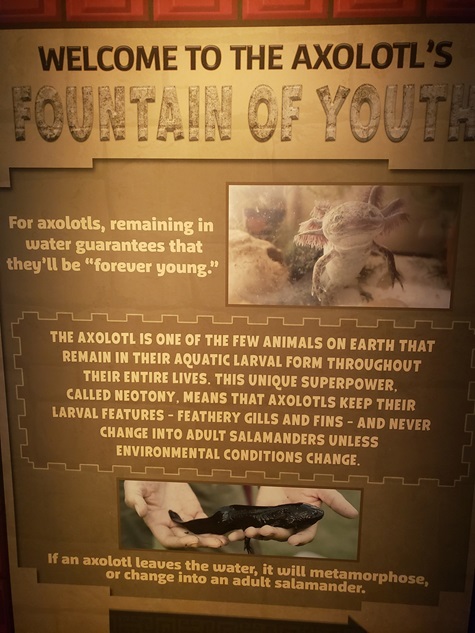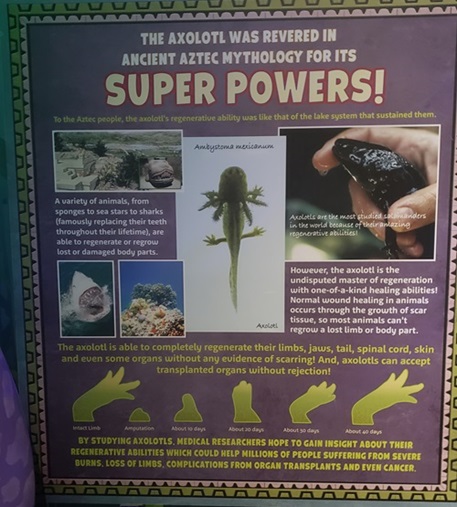I’m just getting back from vacation so this year’s Question Evolution Day snuck up on me, but not to worry, I still have an item for consideration for today. Since I’m writing late in the day I’ll keep it short and stick to the theme of the day, namely questions for evolutionists concerning wonders of God’s creation which no version of evolution – whether classic or neo-Darwinism – can explain.
Well, not to the satisfaction of anyone who isn’t wearing Darwin blinders and hasn’t drunk the mind-killing Kool-Aid. You know, the Kool-Aid that allows you to believe foolishness like things which cannot create themselves – such as life and information – somehow managing to create themselves; things like order arising from chaos without an intelligence to order it; like non-material things such as language and consciousness creating themselves from non-living, inert matter, and so on.
So I will merely ask the questions, and leave it up to the Darwinists to provide their best answers. Of course there is no answer to these questions within an evolutionary worldview but the attempt to create one is always entertaining. Most explanations are so obviously foolish and untrue that they are not worthy of a response but on occasion some are misleading enough to warrant a response. We’ll see if we get any on this outing. Okay, enough with the introduction. Let’s get to the topic of the this year’s Question Evolution Day.
The Axolotl
This is another of God’s unique creatures. I had the pleasure of first seeing and learning about it when I visited Sea Life in Florida last year. The picture above is one I took, as is the poster below, which provides the information for our questions this year. The poster reads:
“Welcome to the Axolotl’s Fountain of Youth
For axolotls, remaining in water guarantees that they’ll be “forever young.”
“The axolotl is one of the few animals on earth that remain in their aquatic larval form throughout their entire lives. This unique superpower, called neotony, means that axolotls keep their larval features – feathery gills and fins – and never change into adult salamanders unless environmental conditions change.
If an axolotl leaves the water, it will metamorphose, or change into an adult salamander.”
That’s just the first poster for starters. Here’s one that’s probably more problematic for evolutionists. I’ll just quote part of this poster:
“However, the axolotl is the undisputed master of regeneration with one-of-a-kind healing abilities! Normal wound healing in animals occurs through the growth of scar tissue so most animals can’t regrow a lost limb or body part.
The Axolotl is able to completely regenerate their limbs, jaws, tail, spinal cord, skin and even some organs without any evidence of scarring! And, Axolotls can accept transported organs without rejection!”
Here are the questions.
Regarding poster 1:
The first is a softball question for which I’m sure the evolutionary imagination will create some scenario, however wild and fantastic it may be:
1. Why does the axolotl stay in larval form as long as it remains in water? What evolutionary benefit is that?
But let’s move on to a more interesting question:
2. If, for some reason there’s an evolutionary benefit for staying in larval form, why change form and become an adult but only when the creature leaves the water?
3. Now here is the question most important to answer: What evolutionary process – meaning undesigned, undirected, without purpose, – what purposeless evolutionary process can account for the creation of the ability to do this change in form, and what non-intelligent process can direct that the change only occurs when the creature leaves the water? Remember, evolutionists, the answer can allow for no design, no intent, no purpose.
Here are the questions for poster 2 on the Axolotl:
4. How did this ability evolve (undesigned, unpurposed, undirected) in the first place?
5. The ability to regenerate as much and as efficiently as the axolotl is clearly a beneficial trait. If the beneficial ability to fly evolved at least four times (pterosaurs, insects, bats, birds), and the benefit of sight evolves numerous times, why hasn’t the ability to regenerate like the axolotl (limbs, spinal cord, etc.) evolved more times? Why hasn’t it evolved in humans?
So there you have it. A few more questions for evolutionists for Question Evolution Day. Have at it evolutionists. Does anyone have any answers that fit within an evolutionary framework that won’t make us laugh out loud?
Duane Caldwell | February 12, 2024 | Printer Friendly Version
Follow @rational_faith_
Images
© 2023 Duane Caldwell



